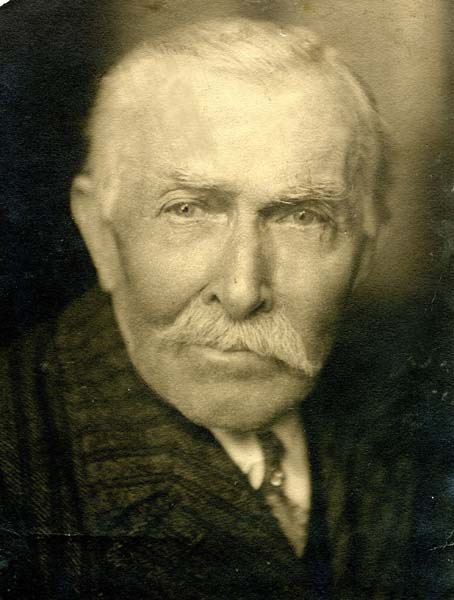Russians are the youngest national minority in the Transcarpathian region. They appeared in our region in the early 20s of the XX century, when part of the Russian anti-Bolshevik emigration settled here after the end of the Russian Civil war. Russian emigrants, due to their high level of education, were attracted by the Czechoslovak government to participate in the economic and cultural life of the region. Russian scientists have worked in Czech and Slovak research institutions that researchedEthnography, folk culture and art, the language of the Transcarpathians. Former University teachers became teachers in Russian-language high schools Mukachevo, Handkerchief, Preseva. Russian monks and priests actively spread Orthodoxy in the region. Some of the emigrants began to engage in political activities, contributing to the organization and consolidation of the Russophile movement.
The number of Russians who lived in Transcarpathia during 1921-1939 was not constant, they lived here with the awareness of the temporary nature of their situation and the hope of returning home soon. During the collapse of Czechoslovakia in 1938-1939, most of them left for the Czech Republic and Western Europe.

A new wave of Russians appeared in Transcarpathia in 1944. These were the military and representatives of the party bureaucracy of the USSR. After the annexation of Transcarpathia to Soviet Ukraine, a wave of migrants from all over the Union poured into the region. In the late 1980s, about 50,000 Russians lived in the region, accounting for 3.9% of the region’s population. After the collapse of the USSR, some of them left for the Russian Federation.





